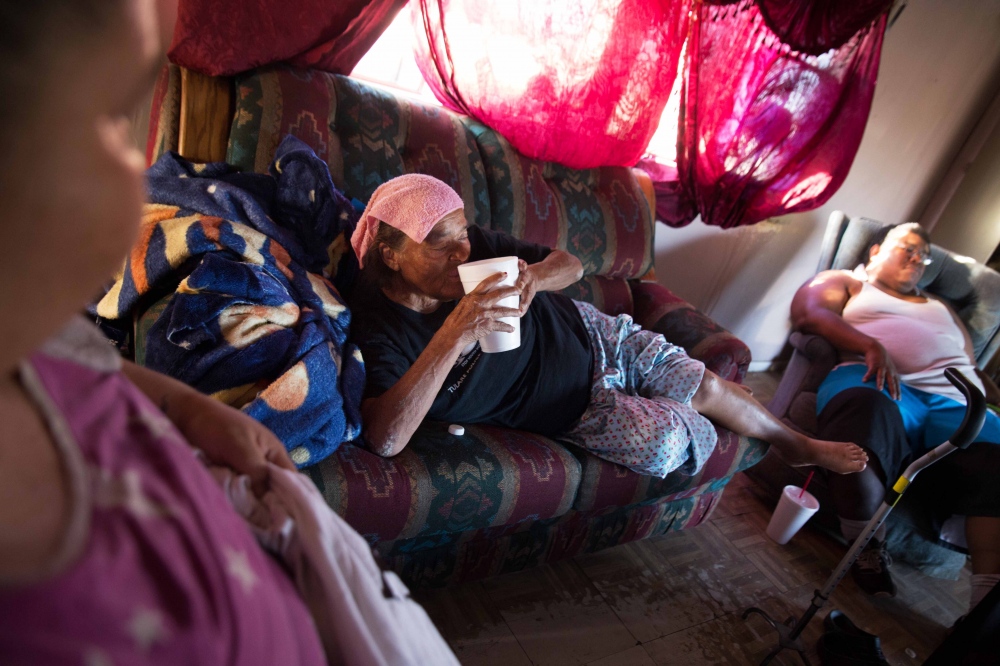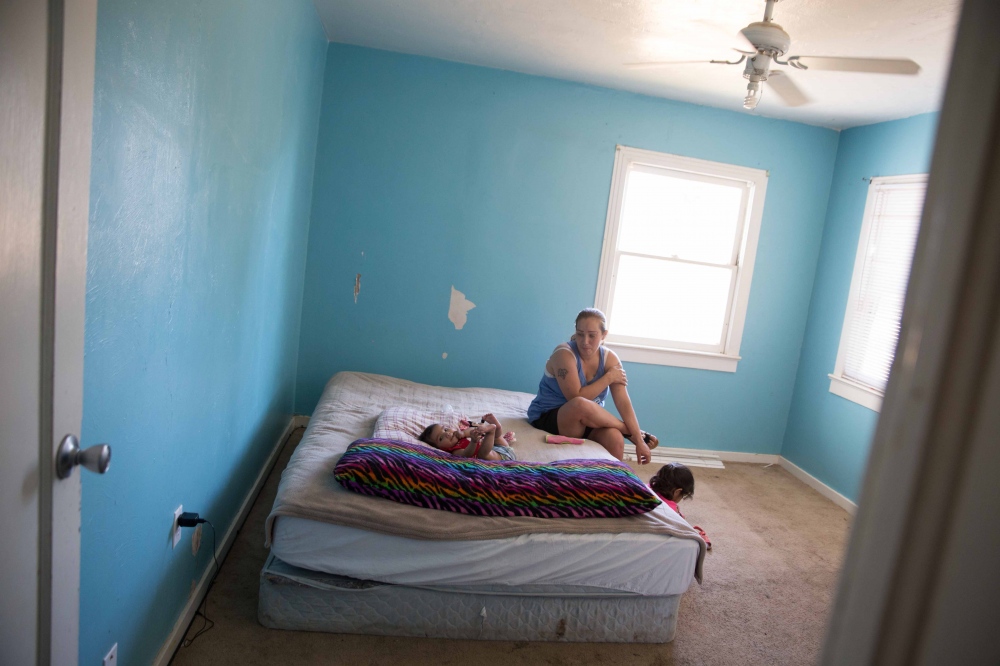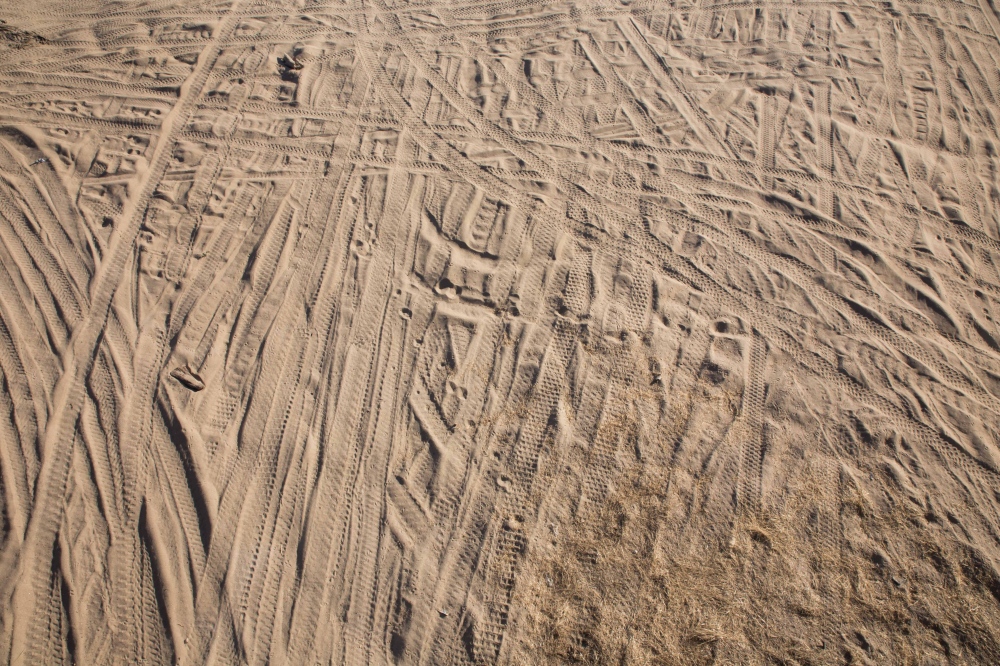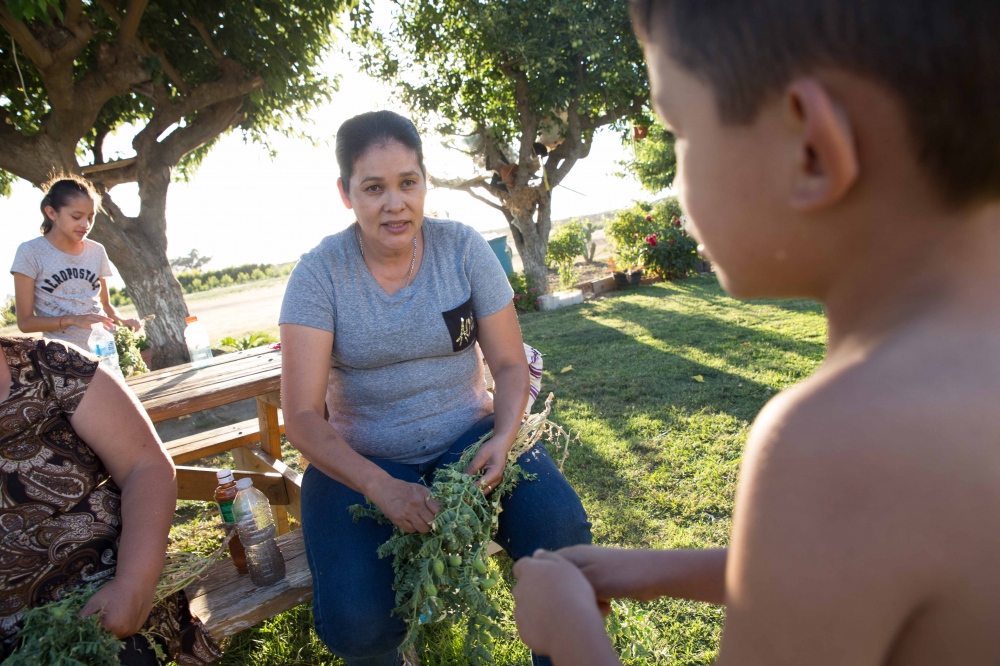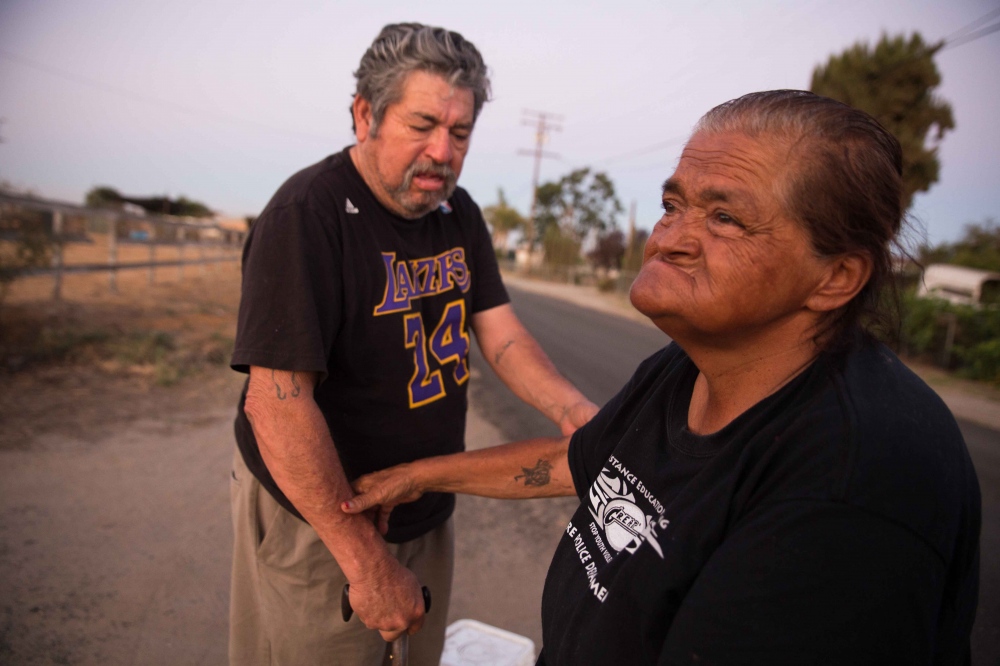Dreams of Dust is a documentary that explores the long-term effects of climate change and drought in the communities of California’s Central Valley. The project looks at how the drought is leading to further instability and migration within and out of the Valley, and what will happen in the future if the area continues to become drier and drier – as is predicted in years to come. A selection of these images were published by High Country News in November 2016.
The project began in the summer of 2016 under the searing heat of the California sun in the state’s Central Valley. I drove for miles on lone highways, past farmworkers picking fruit in the hot sun, past dust devils swirling in dry winds. Fields of cotton, tomatoes, and corn, and orchards of almonds, pistachios, and walnuts blurred by my window; I had never seen such farmland. But interspersed with the crops were also acres of brown. Brown, dry, tumbleweed-enticing land. After hours of driving, I arrived in the heart of the Valley to learn how residents were coping with the thousands of dry wells and fallowed land left in the wake of California’s five-year drought.
That summer, I saw the beginning of an exodus of farmworkers from the Valley and I also saw families trying to make ends meet so that they wouldn’t have to leave. I realized that the California dream – and its icon as a destination for those seeking wealth, adventure, or simply a better way of life – was threatened. The state is beginning to experience the effects of climate change, manifested by severe drought and warmer temperatures, and I saw that declining groundwater levels and a diminishing snow pack is already changing daily life for many Californians.

